Inspired by the story of the hedgehog highways in an English village and impressed by the contributions to our urban wildlife gallery, we asked Guardian readers to tell us what they have been doing to help wildlife in their gardens in 2020. Gardens are important habitats for small mammals, songbirds and insects and gardening in a wildlife-friendly way can make a massive difference in counteracting biodiversity loss. As always, the response was amazing, with readers from the UK, Australia, the US and Mexico sharing their innovations. Here are the best of them.
‘It’s been astonishing’
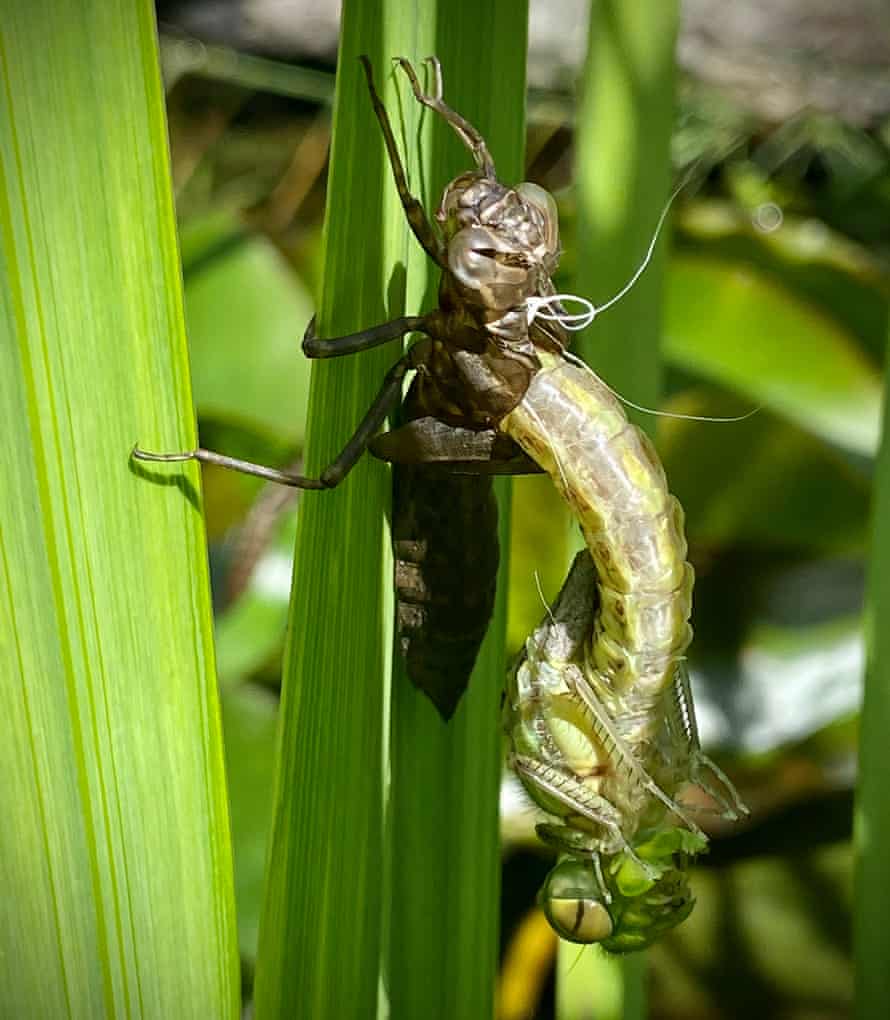
Helped by lovely friends and neighbours I dug a pond about seven years ago, which has been a joy. This year we watched a female southern hawker dragonfly hatching, which was astonishing. I left my lawn long this year and we had a ground nest of common carder bees under a tree, revealed when we finally cut the grass in August. You could clearly see the queen. There have been lots of other bees, including bumble and honey, as well as other dragonflies, damselflies, frogs and newts. I’ve never had the time to observe the wildlife so close up before and it’s been astonishing.
Stephanie Chadwick, Bristol
‘It’s fantastic to watch the red squirrels and the interactions between them’

I feed badgers nuts every night. The mum and cub are great at sharing the nuts. The male tends to come in a bit later when they are all gone, but he has a good snuffle around to see if any have been missed. I have a feeding station outside the kitchen window and it’s fantastic to watch the red squirrels and the interactions between them. The kitten, who is still really small, tends to dig up the nuts cached by the other two – he’s really good at that! Of the older pair, the boy is the dominant squirrel. It’s entertaining to watch the female try to get at the nuts – when the male sees her he tends to sit and eat the nuts on the feeder so she can’t access it.
Karen Miller, Inverness-shire, Scotland
‘We have been cultivating many plants native to the region’

I am an almost 90-year-old lawyer who has found solace in my rooftop garden during the quarantine months. My favourite visitors are the hummingbirds: it can be difficult for them to find somewhere to rest and be at peace in the noise of the city down below. I am glad that they can find a place to be at peace here on my rooftop garden – their company is always welcome. We have been cultivating many plants native to the region and have even harvested some guava fruit, and three different types of limes. Various cacti and many varying flowers drinking up the sunlight that comes through the windows are such a wonderful sight and I am grateful for the amazing colours and scents.
Patrocinio Gonzalez Blanco, Mexico City
‘My wife’s wedding gift to me 35 years ago was a compost bin’
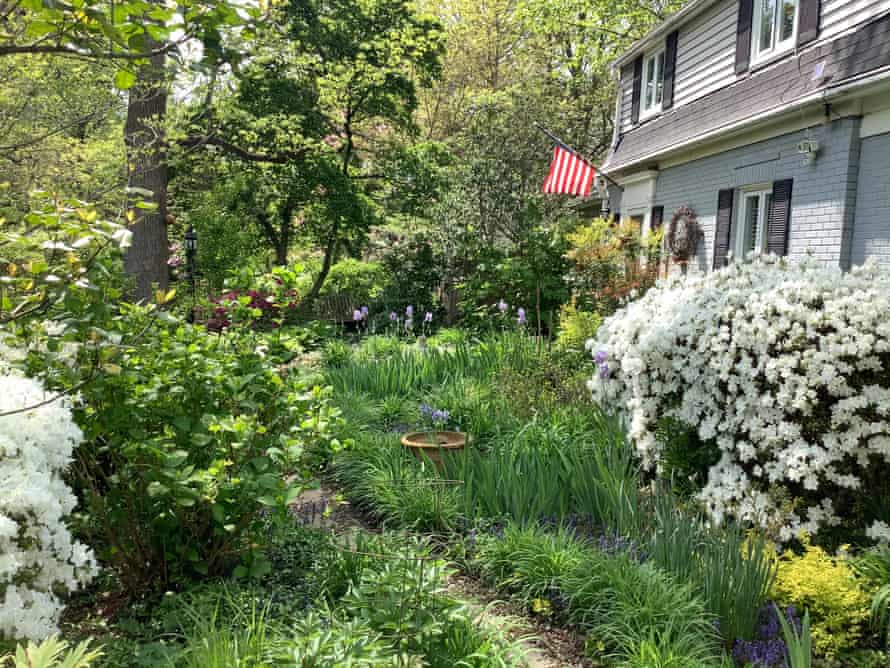
As a kid, I read about composting and decided: why should I throw out stuff when it could benefit my little piece of earth? My wife’s wedding gift to me 35 years ago was a compost bin – she knew I loved playing in the dirt. The secret is regularly using a pitchfork to “stir” the mix and adding a little water in the hot summer months. The good news (if there is any) from Covid is that my garden has never looked better. This is simply because I have spent untold hours on my hands and knees working with the plants. I truly believe that instead of paying huge amounts of money to see a psychiatrist, buy a shovel instead and some good clippers. I have made many new friends with folks who see me outside – all the time – working in the dirt. We have a 1.5-metre long rat snake that visits our garden and last month I had a very small (20cm) baby rat snake grab my finger. It was great – this meant that Mom was comfortable enough to have babies in the garden.
Thomas Snitch, Bethesda, Maryland, US
‘We have been … focusing on habitat species for birds and invertebrates’
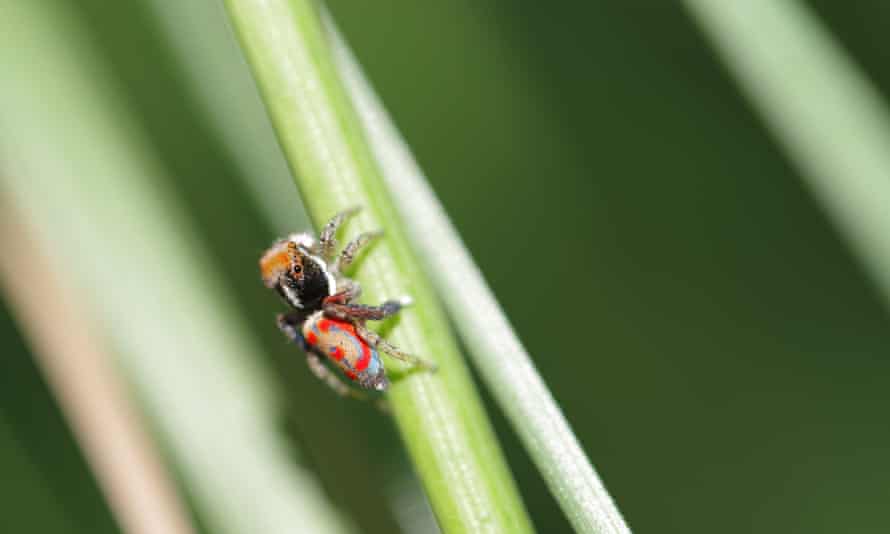
We have been planting locally native plant species in our front garden for nearly 20 years, focusing on habitat species for birds and invertebrates with shrubs and tussock grasses, trees and flowering ground-cover species. I have recorded more than 30 species of birds such as scarlet honey-eaters, superb fairywrens and king parrots, to name a few. Generally they are just passing through. I have recorded 50 individual species of beetle in my garden (really a very small revegetation area) including an uncommon species called lycid-mimicking longhorn beetle, of which there are only 11 sightings for the whole of Australia. For such a small area it’s amazing what I do find. This spider I have sent is called a common peacock spider which were only discovered in Australia a few years ago. The dance the males do to impress the less colourful female is really pretty special for such a tiny creature.
Geoff Boyes, Mansfield, Victoria, Australia
‘We offer a free service to cut holes in fences’
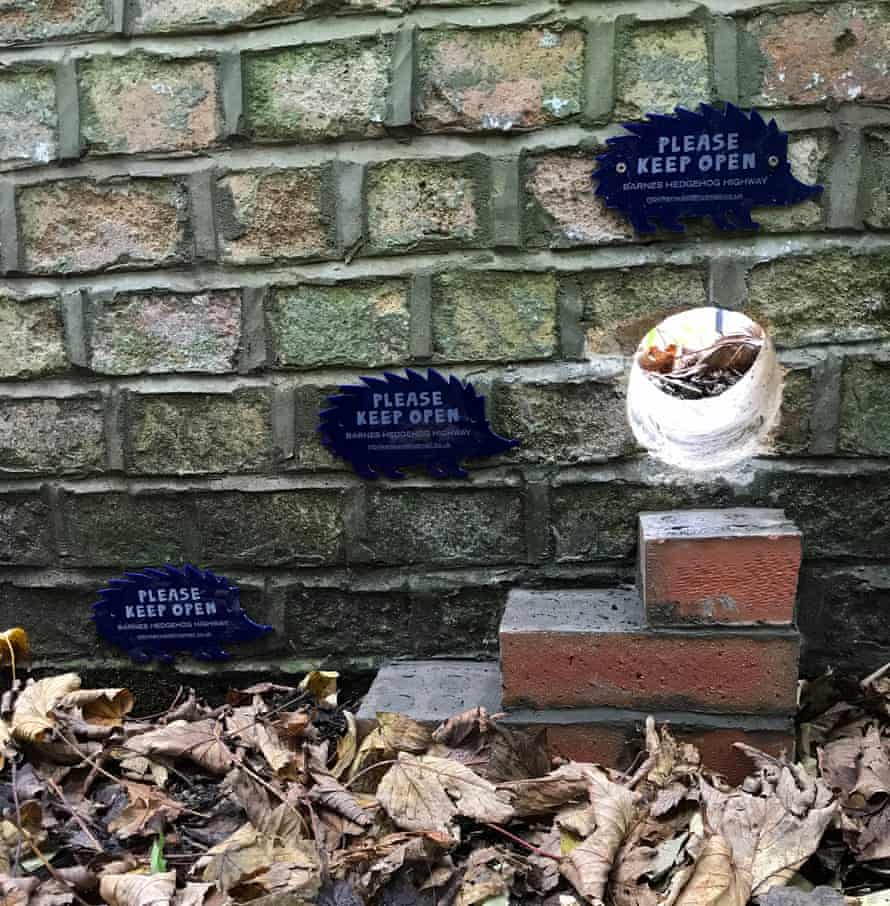
I created Barnes Hedgehogs six years ago to help and protect our local hedgehogs. We offer a free service to cut holes in fences as part of the construction of the Barnes Hedgehog Highway. We have cut approximately 800 holes in the area including in Mortlake, Putney, Sheen and Richmond. Barnes Hedgehogs has become part of the area and locals really take care of their hedgehogs. The superhighway helps the local population a great deal; I don’t have an exact number but we’ve had more than 200 reported sightings. We do lectures in local schools and are working with the London Zoological Institute and the London Wetland Centre on creating a huge London hedgehog survey. I received an award in the House of Lords for my work.
Michel Birkenwald, Barnes, London
‘I planted for pollinators in purples and pinks’
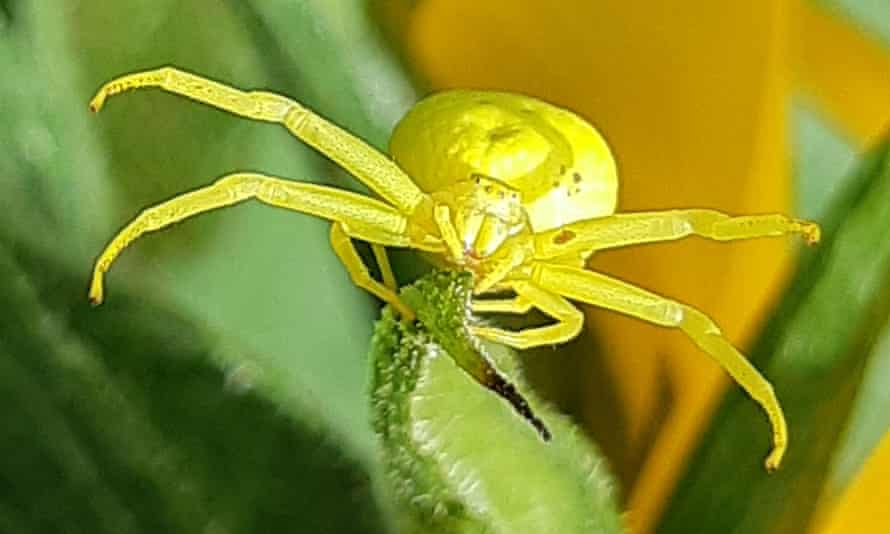
I am 48 and have just quit a big corporate job to become a student again. I am studying for a master’s in nature writing. Living in a newbuild flat, I saw my garden as the proverbial blank sheet of paper. Aside from a single tree and a patch of lawn, it was a desert of a back yard. I planted for pollinators in purples and pinks, hung birdfeeders, put up a bird box, dug a mini-pond, and created a “don’t mow, let it grow” border. The insects arrived first. Jewels of butterflies sparkled in the sun, ladybirds gobbled up aphids on wild roses, and bumblebees busied themselves filling their pollen baskets. My delight when the dunnock arrived to be my first bird companion of the year made me feel joyous for the first time in weeks. Spending time in nature and creating a home for wildlife was a tonic. It was the place I felt happiest in those loneliest of weeks of lockdown.
Vanessa Wright, St Albans, Hertfordshire
‘I have many different features such as log piles, a pond, bee hotels…’
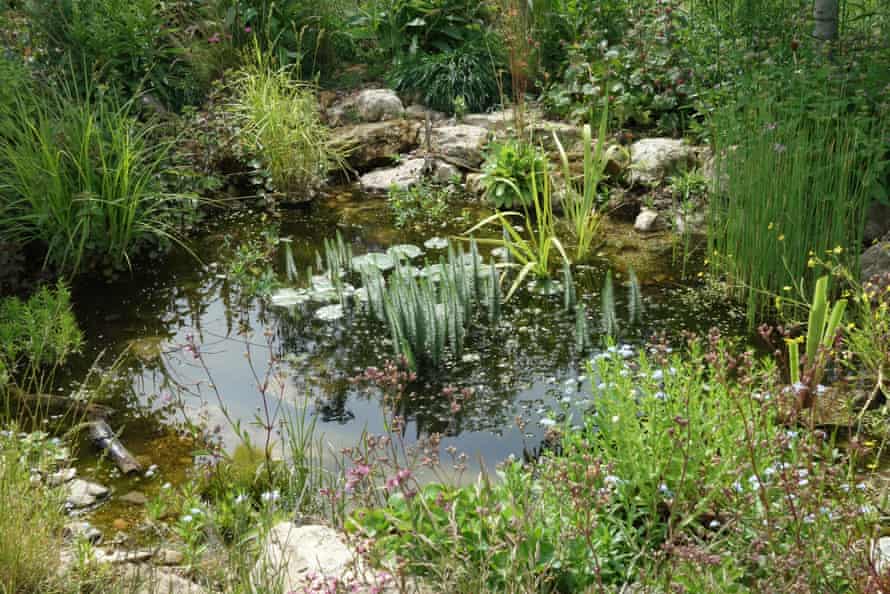
I don’t have a garden but an allotment, which I garden with wildlife in mind. I have many different features that attract wildlife such as log piles, a pond, bee hotels, lots of flowers, leaf piles and two mini wildflower meadows. I am also not too tidy, and don’t use any pesticides. I make my own compost and the compost heaps attract their own set of wildlife as well – so far I have seen foxes, hedgehogs, wood mice, frogs, newts and many insects.
Nadine Mitschunas, Wallingford, Oxfordshire
‘One thing I have done is … nothing!’

One thing I have done is … nothing! When the flowers are gone I have left the seed heads out for the birds and left the fallen leaves for the worms. We have a resident hedgehog under our shed and I have been putting out hedgehog food to help him fatten up for the winter, and he keeps the slugs under control. We have several birdfeeders where we have loads of tits, finches, sparrows, dunnocks, wood pigeons, doves and a pair of sparrowhawks that sometimes use the feeders as their buffet. The birds are so used to us that we can sit out and watch as they squabble and feed their babies a few metres away. The garden and all its inhabitants have been a great joy to us during the last few months.
Jean McKendree, Westow, York
‘I treat my back yard as a pocket prairie’

I plant mostly native plants in my garden and treat my back yard as a pocket prairie. I have a lot of fragrant mist flower bushes in my back yard. They bloom in late October and November, and attract lots of butterflies. I will have 10-30 monarchs each fall. I believe they are using my yard as a refuelling stop on their migration towards Mexico. Fragrant mist flower is actually native to Rio Grande valley rather than the Houston area. It is considered a noxious weed in parts of the world, and it is very difficult to control. I complain about it all year but then fall in love with it again when I see all the butterflies and bees using it in October.
Silvia Gederberg, Houston, Texas
‘I have sown wildflower seeds, created large dead hedges … and put up a bat box’

When we moved in we planted an apple tree and a plum tree. When I was young my father had a rather large garden with fruit trees, so I have that memory of picking fruit as a child. I planted them because I wanted a bit more fruit and because they’re also good for wildlife. The bumblebees love the blossom, and we also have leafcutter bees, honeybees, ladybirds and shield bugs. I have also sown wildflower seeds, created large dead hedges to provide habitat and put up a bat box and nest box. I am currently digging a pond. We don’t have any security lighting or things like that here – we like it dark.
Jonathan Best, Eltham, London
‘We have found that the squirrels prefer the hazelnuts’

We have three red squirrel feeders in our garden, which we fill with hazel and monkey nuts. We have found that the squirrels prefer the hazelnuts, especially the Italian variety, as they are the most expensive. We have identified four individual squirrels (usually by their colour and the markings on their tails) who visit very regularly. One particular squirrel has very frayed, “tatty” ears. They are busiest in the morning and in the last good hour before dusk. They were somewhat confused when the clocks went back, as they had to go to bed hungrier than usual. It is a privilege to have them in our garden and we look forward to every winter and the wonderful sight of seeing the squirrels in the snow.
Ian Wade, Outhgill, Mallerstang, Cumbria
‘We have two small “wild meadow” areas, which are incredibly beneficial for wildlife’
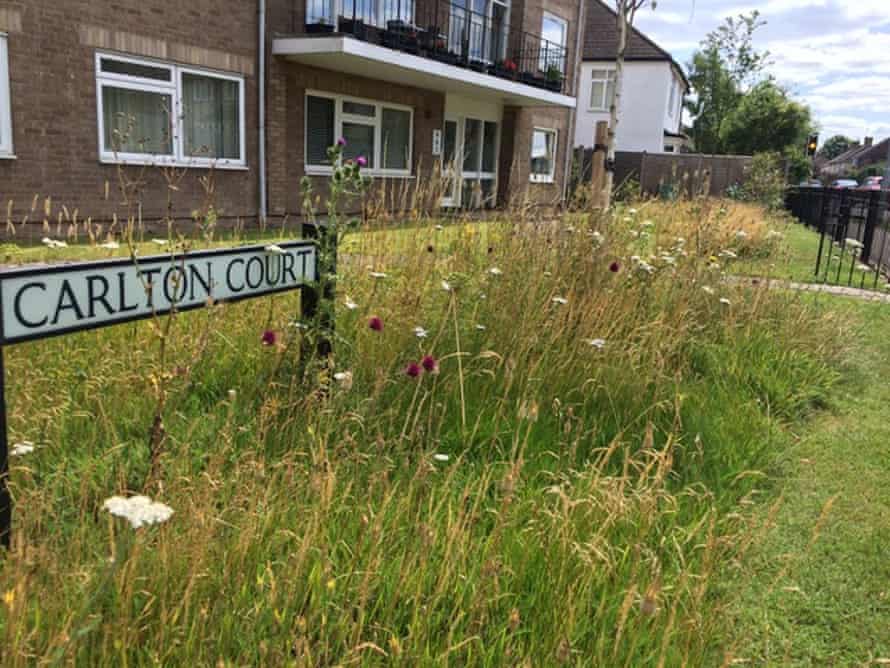
In early 2018 our communal garden (maybe better described as our communal sad lawn) lost its last standing tree (a mature silver birch) to disease. While this was a very sad moment, it triggered me to act: I’d always thought we could do so much more with the space, and felt that it was our responsibility to contribute what we could to protect our local, rapidly shrinking biodiversity. The first step was easy. That autumn we replaced our one tree with three: one silver birch, because the previous one had been popular with the residents; and two hawthorn trees, which are great for birds. Now we also have two small “wild meadow” areas, which are incredibly beneficial for wildlife. These areas were beautiful and full of interest from spring to late summer. We were happy to see some bee orchids appear in there, and we even had passersby taking photos.
Emily Boldy, Cambridge
‘The flowers I grow have attracted a huge amount of pollinators and butterflies’
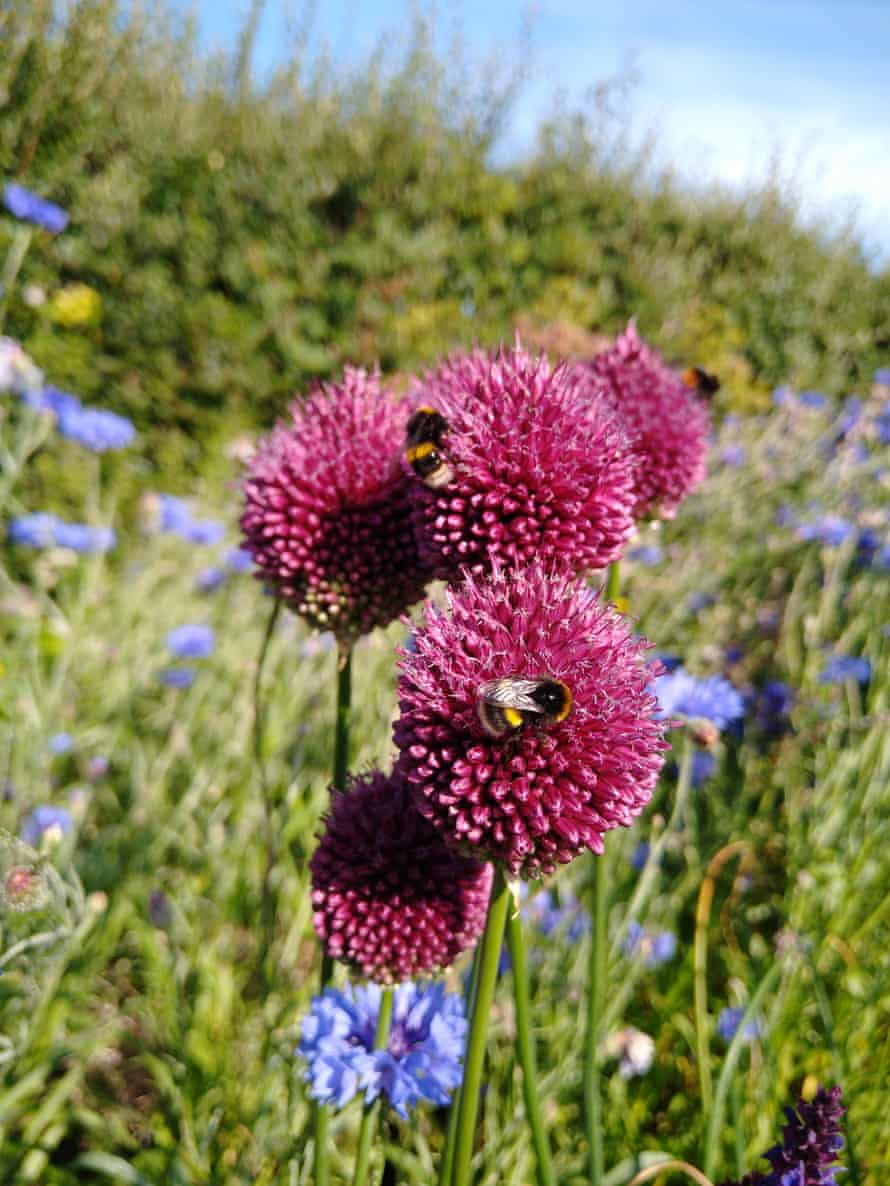
I recently had a change of career – I’m in my 50s – and completed the Royal Horticultural Society exams; now I grow cut flowers in my back garden. During the first lockdown we decided to build a pond in the garden to encourage wildlife – especially hedgehogs. In the short time we’ve had it we’ve been lucky to see dragonflies and damselflies lay their eggs. We’ve had bats coming in for the insects and drinking and we are hoping to see tadpoles and maybe some newts next spring. The flowers I grow have attracted a huge amount of pollinators and butterflies, which have been a joy to watch during this pandemic.
Pippa Browning, Oxfordshire
Find more age of extinction coverage here, and follow biodiversity reporters Phoebe Weston and Patrick Greenfield on Twitter for all the latest news and features